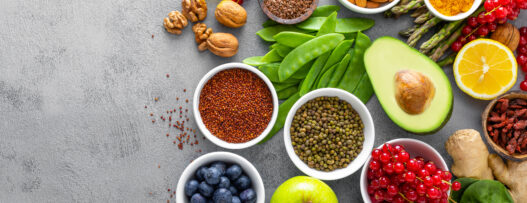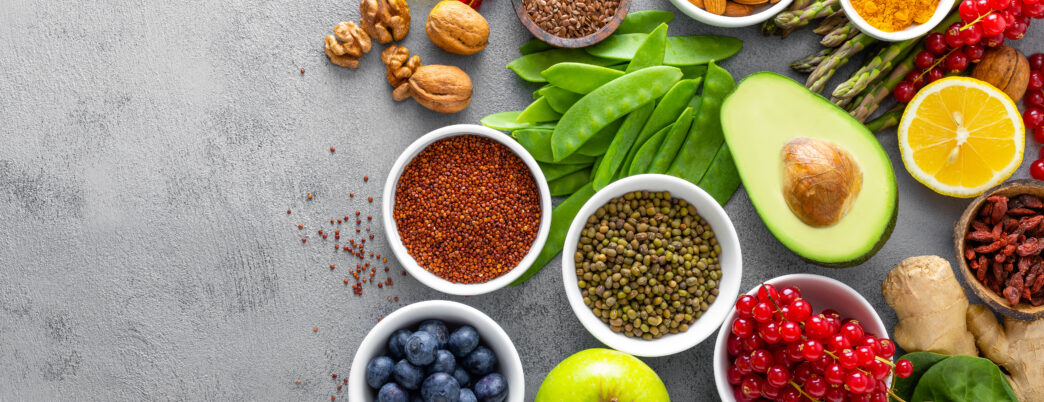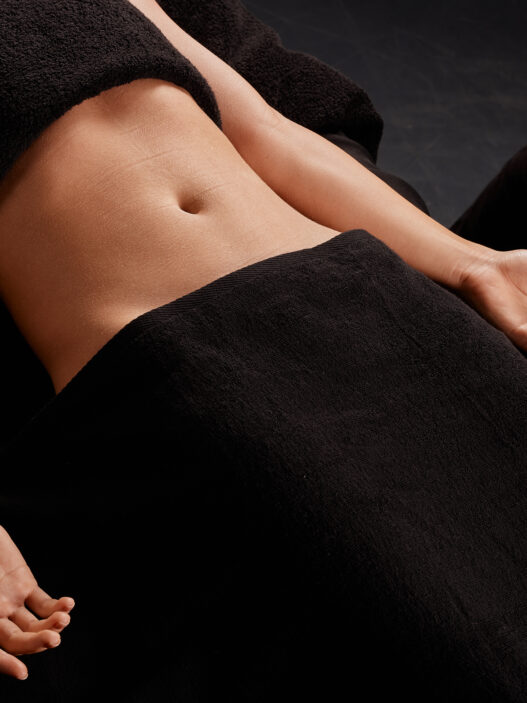The Overlooked Hero of Women’s Wellness, by Dr Maia Hays – Founder of New Mama Medic
As a medical doctor, I can’t think of a woman who wouldn’t eagerly take up the offer of a quick win for reducing their risk of type 2 diabetes, cardiovascular disease, colon cancer and strokes. The truth is, it’s right there in front of us. The answer is fibre.
We hear of so many of people tracking their calories and ensuring they consume enough protein, but far fewer people are taking stock of their fibre intake. Personally speaking, it’s the macronutrient I track the most closely. Perhaps it might seem like a strange obsession, but the stats back me up. Eating an extra 7g each day reduces your risk of cardiovascular disease and heart attacks by 9%, colon cancer by 8%, strokes by 7%, and type 2 diabetes by 6%.
With a little effort, we can all check that our day-to-day diet is meeting the mark, with The Scientific Advisory Committee for Nutrition recommending that adults consume 30g of fibre per day. Sadly, the average intake for adults is the UK is a meagre 19g.
How Fibre Works Wonders
Heart disease
When it comes to heart disease, the benefits of fibre come from its ability to enhance the mopping up of cholesterol in our digestive system. The soluble fibre found in oats, legumes and fruit is particularly important in this regard. This mopping up reduces our LDL (harmful) cholesterol. Whilst Cardiovascular disease is often thought of as a male disease, it actually accounts for over twice as many deaths in women each year as all forms of cancer combined.
Type 2 Diabetes
When it comes to Type 2 Diabetes, soluble fibre is also helpful in its ability to slow down blood sugar absorption, keeping your blood sugar more stable. This is why eating a whole apple will give you a much lower sugar spike than drinking apple juice. In fact, replacing three servings of fruit juice each week with the same amount of whole fruits reduces the risk of type 2 diabetes by 7%. Adding fibre into your homemade smoothies and snacks can help you achieve similar results.
Weight loss
If weight loss or weight maintenance is on your agenda, fibre is your best friend. One of the biggest challenges in weight management is dealing with hunger pangs, which can lead to overeating. Fibre helps you feel fuller for longer, keeping you on track without feeling deprived.
Women experience fluctuating weight at different stages of life, especially after childbirth or during menopause. Personally, focusing on fibre has been a game-changer in my own battle with weight management. In fact, I find myself eating more and weighing less!
The body views simple carbohydrates such as white bread, white pasta and white rice as sugar since they are so easy to break down. When we eat more than 10 g of these simple carbohydrates without exercising, the body turns this excess sugar into fat. Conversely, whole grains (brown bread, wholewheat pasta, brown rice etc.) are full of fibre and therefore harder to break down. The wholegrain alternatives are also full of additional micronutrients, with brown rice being one of the best sources of iron – something that most menstruating women are particularly short of.
Gut health
Since the gut microbiome relies on dietary fibre as a food source[1], it is also the cornerstone of good gut health. It is easy to dismiss this as inconsequential, especially when we feel that we are healthy and active. However, 90% of our serotonin and 50% of our dopamine gets produced in our gut. As a result, our fibre intake can have a tangible impact not only on our bowels and our hearts, but also on our mood and mental wellbeing.
Constipation
Fibre is also key in treating and avoiding constipation, which is something that affects two to three times more women then men. This is likely due to our hormones (joy!), our slightly longer colon and pelvic floor issues. But the good news is that adding more fibre (slowly), increasing your fluid intake and moving more can all drastically improve this.
How to boost your fibre intake
Swap to whole grains!
I’m sure you’ve heard it before, and perhaps it induces a groan or sigh each time you think about abandoning the white bread you know and love. You’re not alone – most of us prefer the taste of those simple white carbohydrates. But fear not, as there are ways to hide whole grains in your diet. Having grown up on a staple diet of white rice in South-East Asia, the swap to brown rice was no small feat. However, I was able to make the switch by first cooking half white and half brown rice together in the same pan. This reduces the stark contrast in taste, making it easier to gradually increase the wholegrain component.
And have you tried wholewheat spaghetti? It tastes surprisingly similar to its white counterpart – an unexpected benefit of the narrow shape. In fact, it was the only whole-grain pasta that my kids would eat for a good while!
Get Creative in the Kitchen
If you enjoy baking, you have even more opportunities to boost your fibre intake. I love swapping 1/3 of the plain flour in recipes for ground flaxseeds, which are packed with fibre and healthy fats. It’s an easy way to sneak extra nutrition into muffins, pancakes, and cakes: even the pickiest eaters won’t notice!
Sneak in More Fibre
There are plenty of other ways to sneak fibre into your daily meals:
- Keep the skin on fruits and vegetables. (Did you know that leaving the skin on potatoes increases their fibre content by 35%?)
- Grate carrots and courgettes into sauces, stews, or soups.
- Use sweet potatoes or dates as natural sweeteners in your baking.
- Add beans, lentils, and pulses to your meals—they’re not only high in fibre but also a great source of plant-based protein.
Unsalted nuts and popcorn are also great for boosting your fibre intake between meals. And don’t forget that beans and legumes are staples in the world’s “Blue Zones,” areas where people live the longest. To make them more exciting, try adding herbs and spices to give them flavour!
Slow and steady wins the race
If you’re ready to make a change, that’s great! But don’t forget that our gut gets used to what we feed it. As a result, a rapid increase in fibre could lead to some less than pleasant symptoms. As you get going, increasing your fibre intake slowly and making sure you keep nice and hydrated will mitigate this.
The Bottom Line
There it is, the magnificent macronutrient that’s been right in front of us all along. By making small, manageable changes to your diet, you can start reaping the benefits of fibre for your gut, heart, and mind. So why wait? Start today and feel the difference!

Dr Maia Hays
Founder of New Mama Medic
She set up New Mama Medic to help new mums go from barely surviving to thriving through the power of coaching.




















